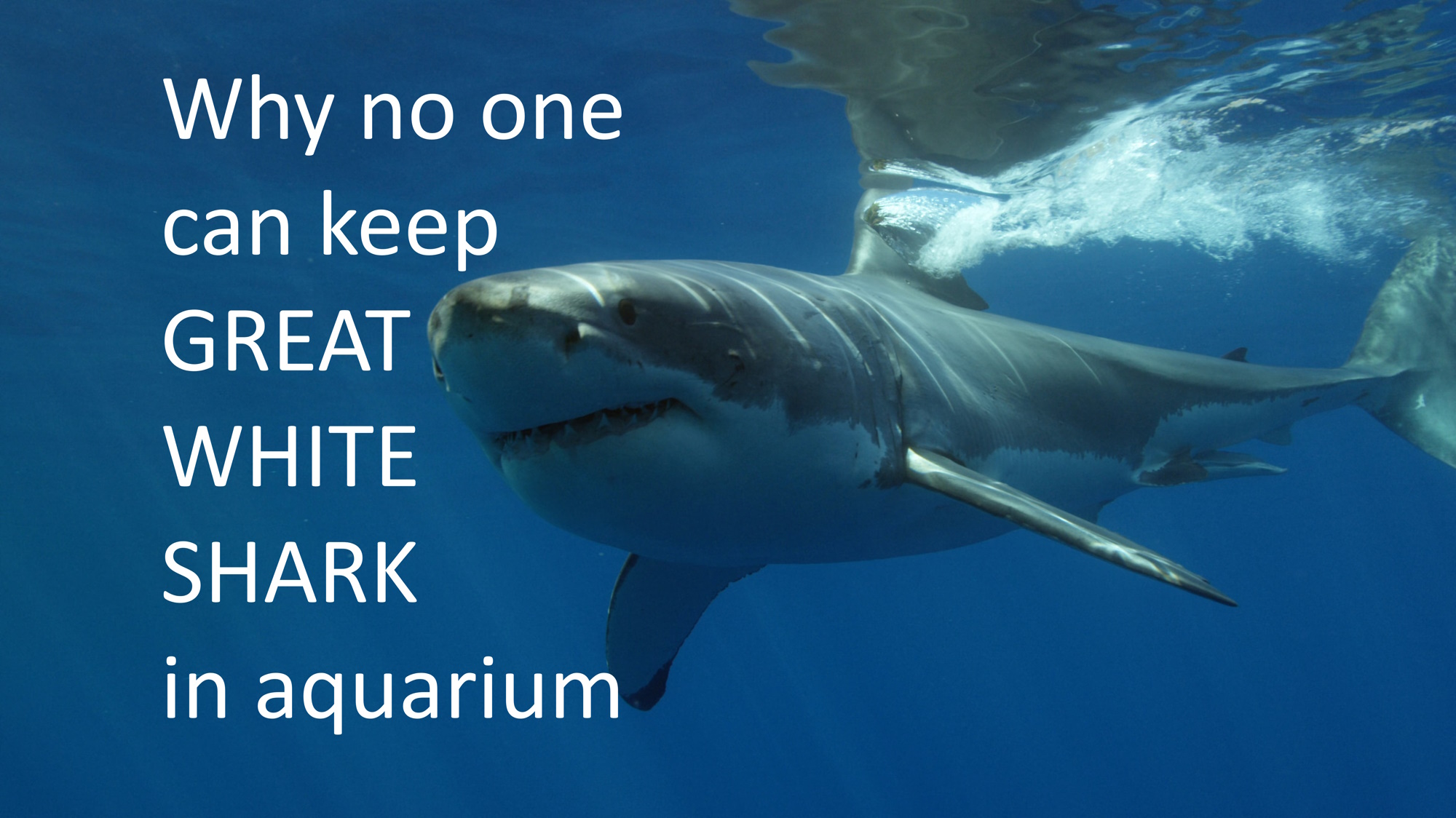By MSc Gvapo Tripinovic and Adam Tripinovic
Have you ever wondered why you could see all kinds of sharks in aquariums but never a great white shark?
Great white sharks are one of the world’s most famous and iconic animals but also one of the most elusive, ancient, and mysterious.
They are rare to see in the wild, never in captivity.
You might think it’s because great white sharks are too dangerous or too expensive to keep in aquariums. But that is just partially true.
Simply put, great white sharks cannot survive in captivity for long.
They die within days or weeks of being captured or displayed.
But why is that? What makes Great White Sharks different from other sharks or animals? And what are the consequences of trying to keep them in aquariums?
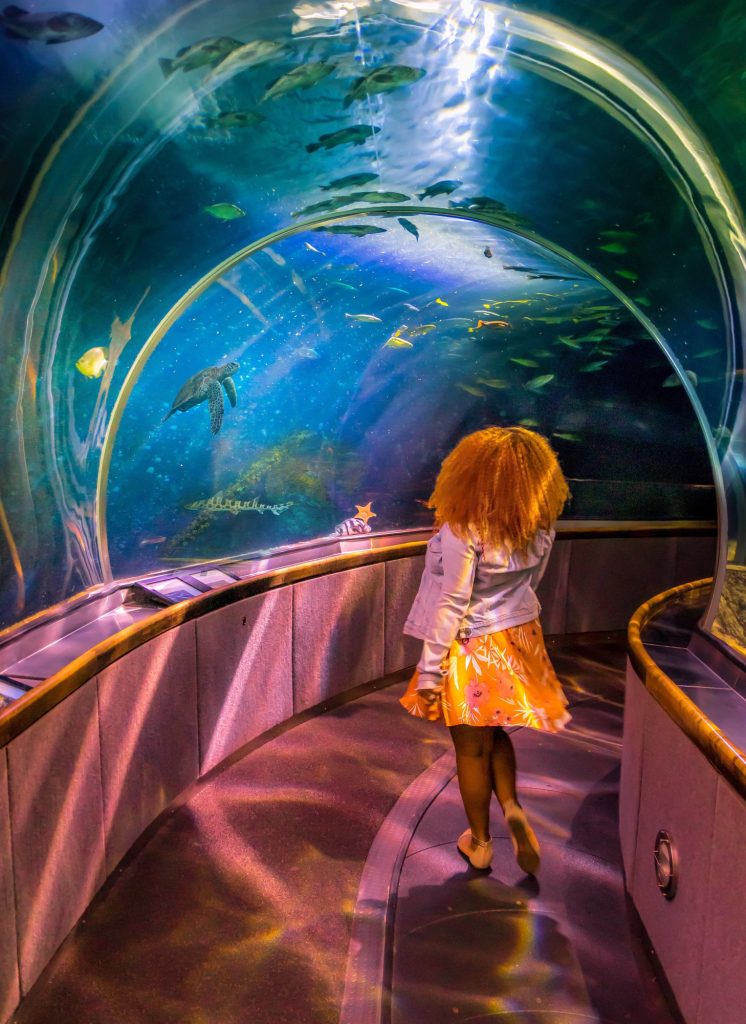
Adam and I will explore these questions in this blog post and reveal why you’ll never see a great white shark in an aquarium.
The Biological Needs of Great White Sharks
The biological needs are one of the main reasons why great white sharks can’t be kept in aquariums. Great white sharks have high food, space, and water quality requirements to survive.
Diet
Great white sharks are natural hunters and prefer to feed on living animals, especially big ones.
In one meal, they can eat up to 10% of their body weight.
This means aquariums would have to give them enough real animals to eat, which would be expensive and wrong.
Space
Great white sharks can swim up to 56 km/h (35 mph) and travel up to 20,000 km or 12427 miles across the oceans each year.
Great white sharks need a lot of space to be able to swim freely and stay healthy.
They also need water to flow through their gills so they can always get oxygen. A process called “ram-ventilation.” This means they can’t stop swimming. If placed in tanks, they are likely to get hurt or suffocate.
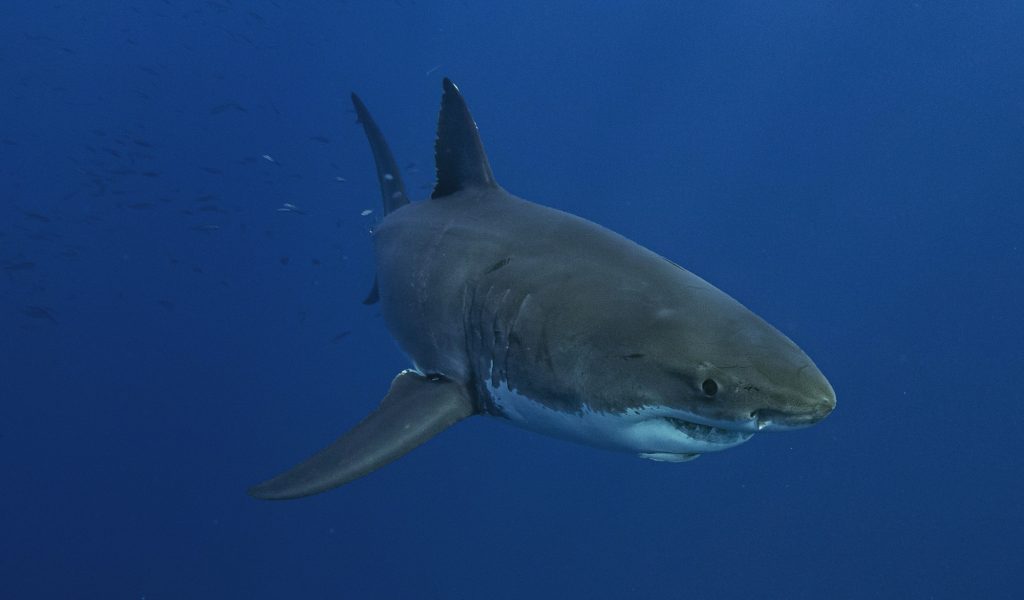
Water Quality
To survive, great white sharks require clean and stable water conditions. Temperature, salinity, pH, and oxygen levels are all essential, and any change can cause health and mental issues.
They also generate a lot of waste, which can pollute the water if not properly filtered.
Aquariums would have to invest vast resources and develop new technology to mimic the natural environment, which is economically unviable.
The Psychological State of Great White Sharks
Great white sharks are not used to being enclosed or exposed to artificial stimuli such as lights, sounds, and human presence. They become stressed, depressed, or aggressive when confined in an unnatural habitat.
Without their freedom, great white sharks simply can not survive for more than a few days or weeks.
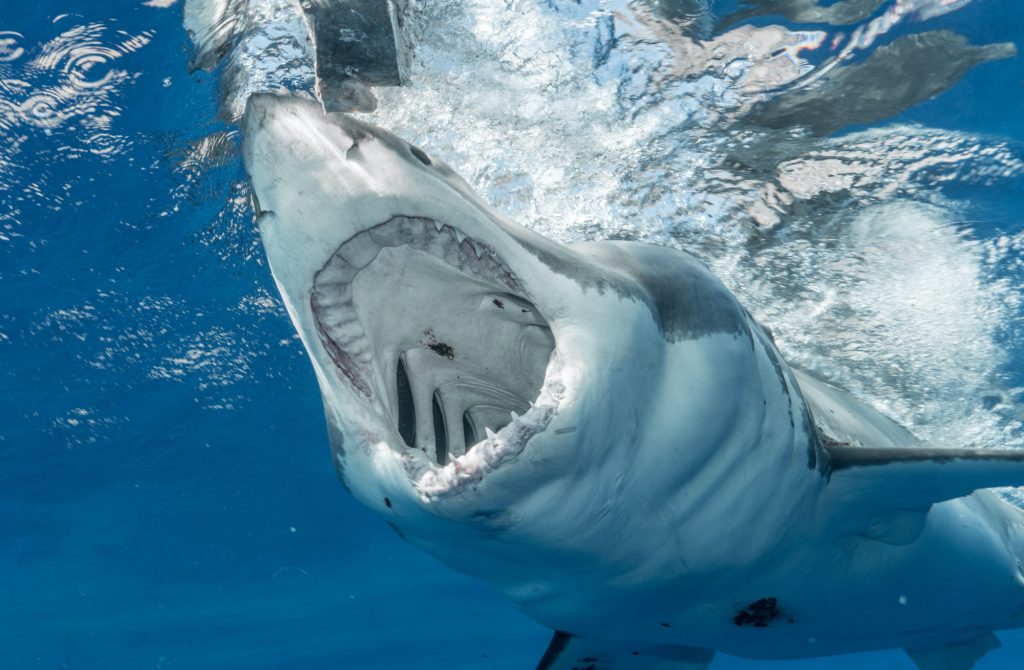
Appetite Loss
Great whites only eat scraps when desperate.
Their digestive system cannot handle dead food well.
The consequence of this is that great white sharks will stop eating when they are in captivity.
Another option to mitigate this would be feeding with live animals, which is understandably a great NO-NO for everyone.
Self-Injury
Great white sharks will injure themselves or others in captivity. They will try to escape by ramming into the walls or glass panels of the tanks. Everyone else near them will be in harm’s way too. Taming them would hardly be an option.
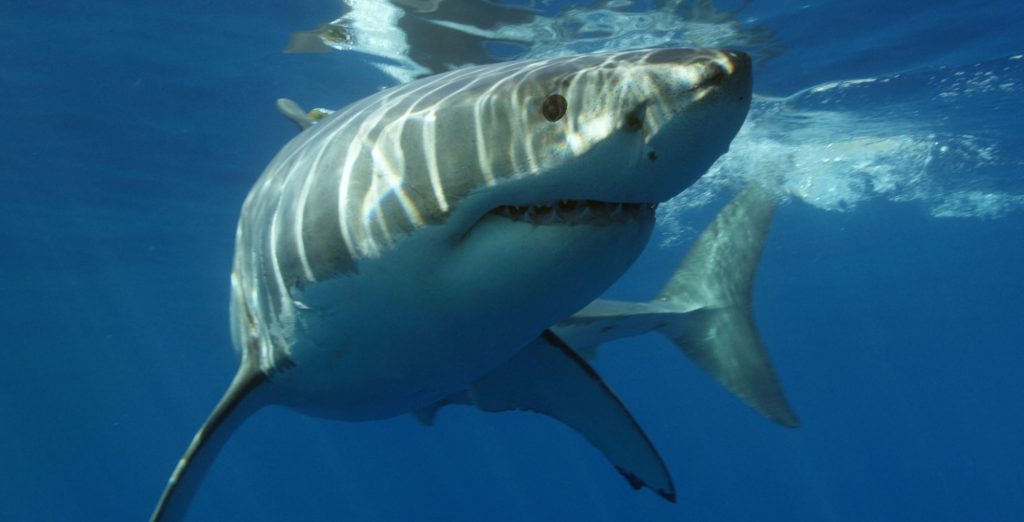
Causes of premature Death of the Great White Sharks in captivity
They will suffer from infections, diseases, or organ failure due to stress or poor conditions. The longest recorded survival of a great white shark in captivity was 198 days at Monterey Bay Aquarium in California.
But that was an exception, as most died within days or weeks.
Examples of Failed Attempts at keeping great white sharks in captivity
Various aquariums have tried to keep great white sharks in captivity worldwide. However, none have succeeded.
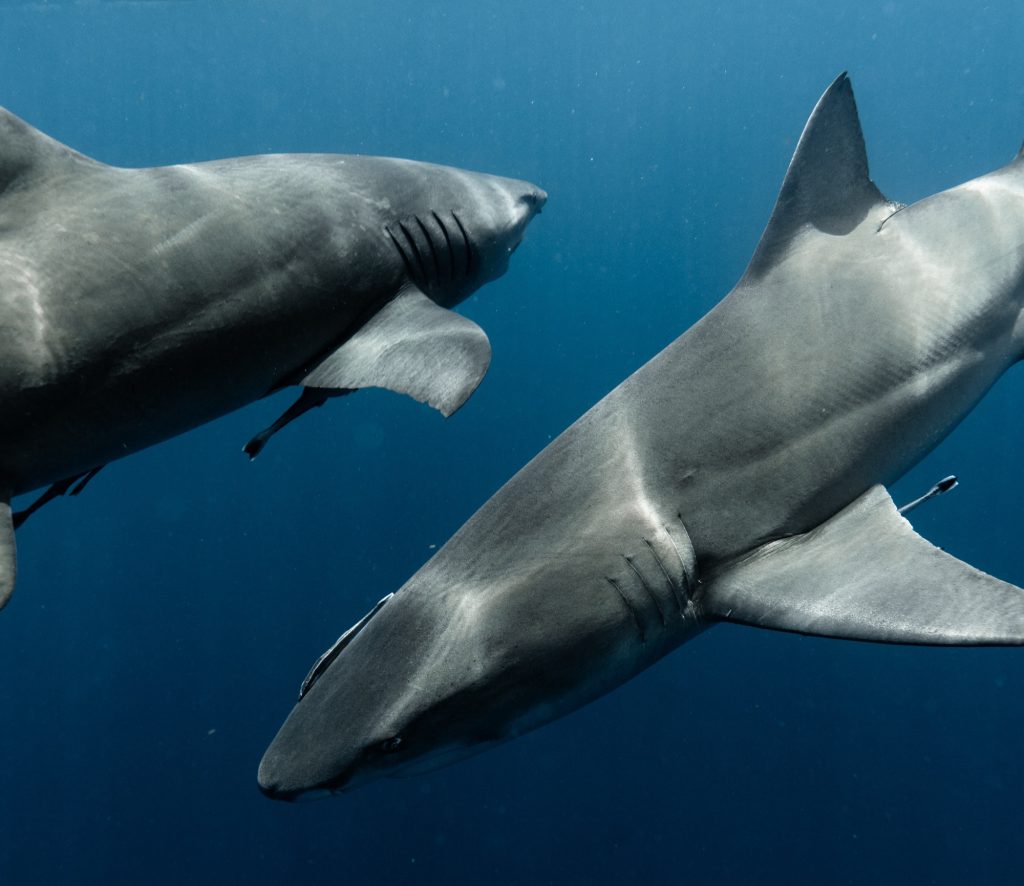
Here are some examples:
- In 1976, SeaWorld San Diego captured a female great white shark off the California coast but died after 11 days.
- In 1981 New York Aquarium caught a male near Long Island, but he died after four days.
- In 2004 Monterey Bay Aquarium successfully became the first to display one for over a few weeks but released her back into the ocean after six months as it was unattainable.
- In 2016, Okinawa Churaumi Aquarium in Japan attempted to keep a male great white shark. He died after three days in captivity.
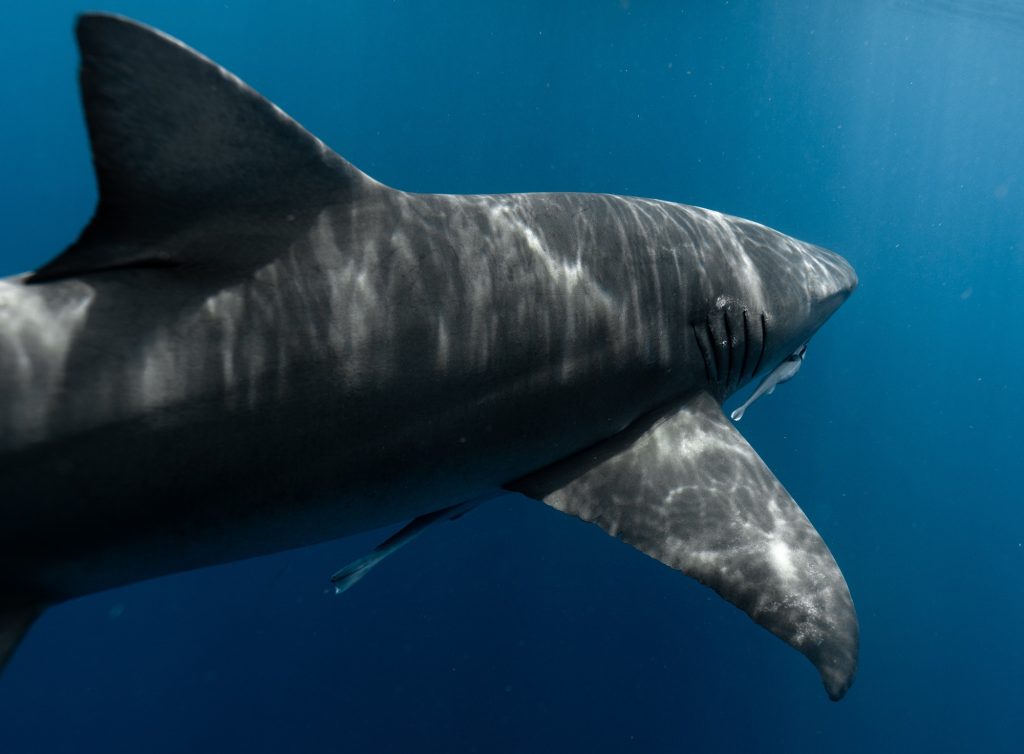
We hope you enjoyed learning about SHARKS today, and we thank you for visiting our website ParentingDad.
While here, please check some of our other Educational, Active Life and healthy Food, or How to be a Better Dad – Q & A articles.
If you’d rather watch a video or listen to our articles, check our YouTube channel, Top 10 Facts.
Adam and I wish you a great day. Stay good, and keep smiling.
This article might contain product links, so we can get a small commission if you buy them. That way, you support this blog and our educational YouTube channel, for which I am thankful.
